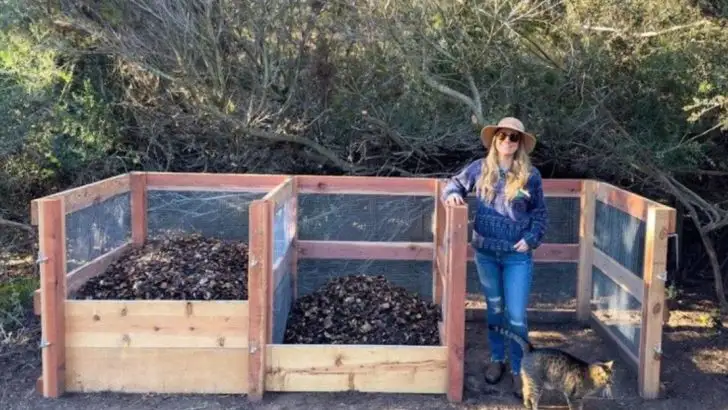A beautiful, thriving garden doesn’t have to cost a fortune! With a little creativity and smart planning, you can grow your dream garden on a budget using affordable, DIY-friendly techniques.
In this article, we share 23 budget-friendly ideas to help you maximize your garden without overspending. From upcycling household items into planters to propagating plants for free, these clever strategies will save you money while keeping your garden lush and vibrant. If you’re looking for cost-effective ways to grow more for less, these tips will help you create a stunning outdoor space on any budget!
DIY Compost Bin
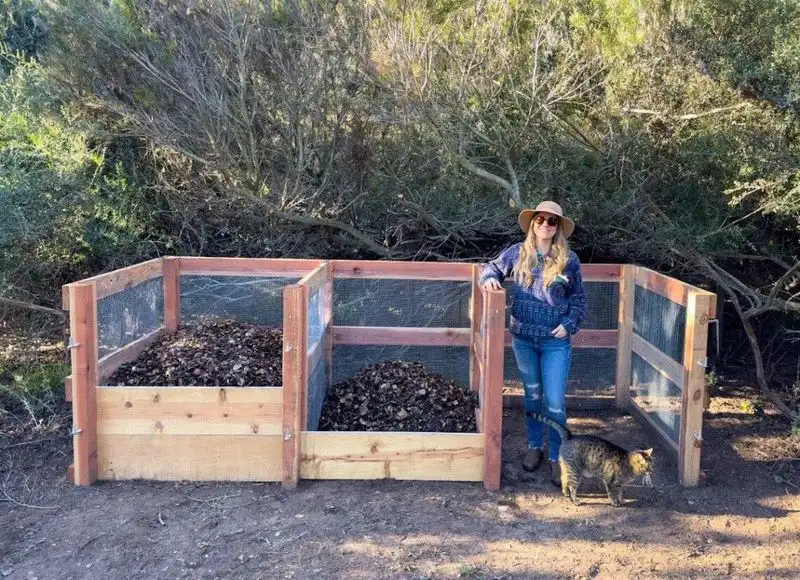
Creating your compost bin can be a rewarding experience. Use reclaimed wood or even an old container to set up a simple bin. Composting kitchen scraps and yard waste not only reduces waste but also enriches the soil. By turning organic material into nutrient-rich compost, you provide essential nutrients for your plants. You can start small and expand as needed, making it an adaptable solution for any garden size. This eco-friendly approach not only saves money but promotes sustainability.
Container Gardening with Repurposed Items
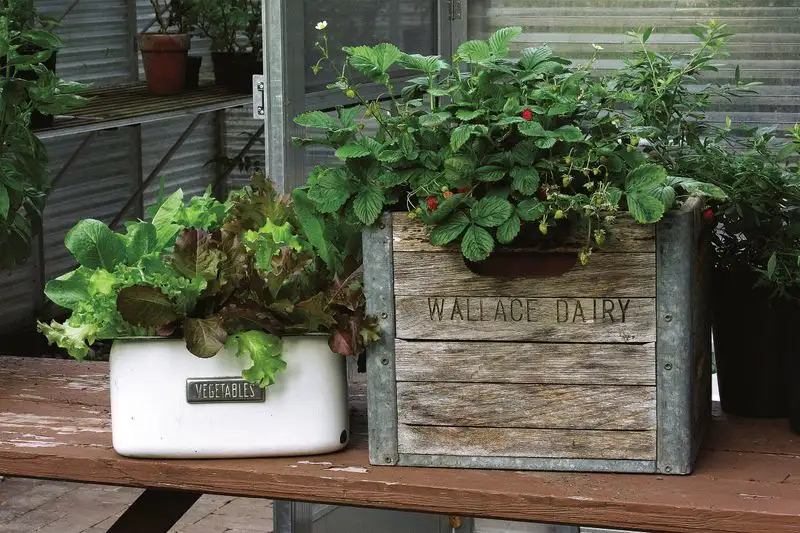
Growing plants in containers allows you to garden in spaces of any size. Look around your home for items that can be repurposed as plant containers. Old boots, crates, or even kitchen pots can find new life as homes for your plants. Ensure proper drainage and suitable soil, and you have a versatile and creative planting solution. Container gardening is perfect for urban settings where space might be limited, providing flexibility and charm.
Seed Swapping Events

Participating in seed swapping events is a fantastic way to diversify your garden without spending a dime. These gatherings bring together fellow gardening enthusiasts who share seeds of various plants. You’ll find unique varieties that might not be available in stores. Plus, it’s an excellent opportunity to connect with like-minded individuals and exchange gardening tips. Check local gardening clubs or community boards to find such events, or consider organizing one yourself.
Vertical Garden with Pallets
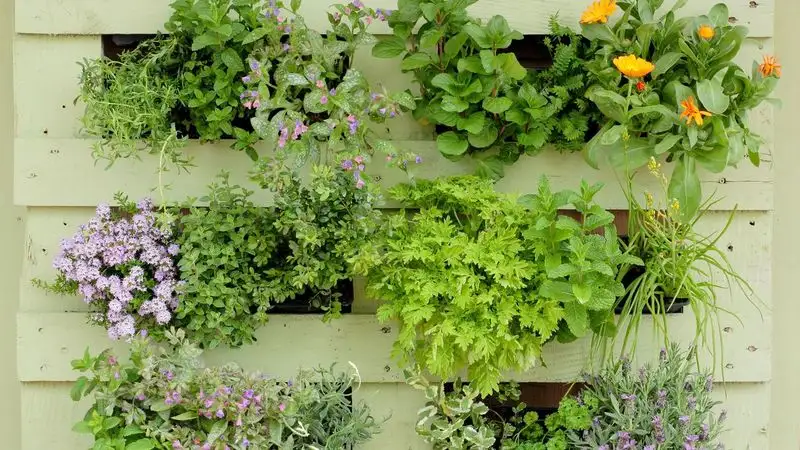
Crafting a vertical garden using wooden pallets is an ingenious way to maximize space. By mounting pallets against a wall, you create a vertical planting surface. Fill the spaces with soil and choose plants that thrive vertically, like herbs or flowers. This method not only conserves ground space but also adds visual interest to your garden. It’s ideal for small yards or balconies, where traditional gardening might not be feasible.
Create a Rainwater Harvesting System
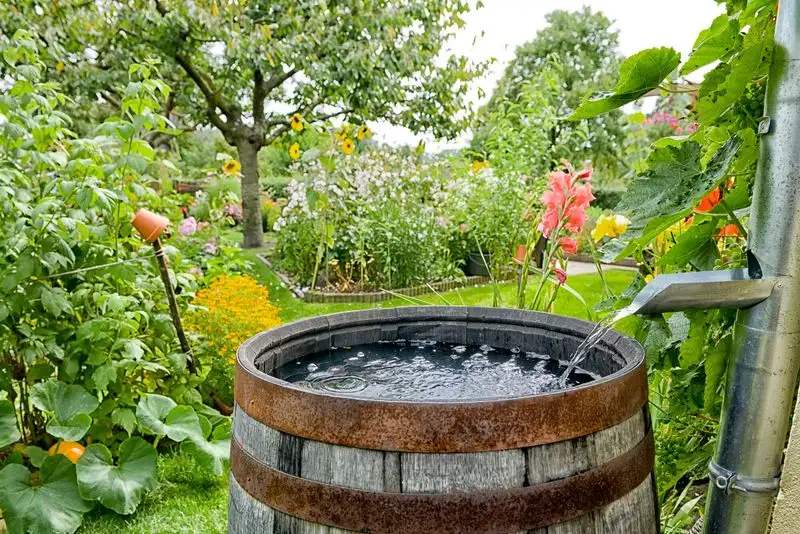
Implementing a rainwater harvesting system is both eco-friendly and cost-effective. By collecting rainwater in barrels, you reduce your dependency on municipal water for irrigation. Set up barrels under downspouts to capture runoff, then use this water to nourish your garden. This sustainable practice conserves water and provides a free resource for your plants. It’s a wise investment that pays off over time, especially in drier climates.
Grow Your Own Herbs Indoors

Cultivating herbs indoors is a delightful way to have fresh flavors at your fingertips. Choose a sunny windowsill and small pots filled with well-draining soil. Common herbs like basil, mint, and thyme thrive indoors with minimal care. Regular trimming encourages growth, ensuring a steady supply of aromatic leaves. Indoor herb gardens not only enhance your cooking but also add greenery to your interior, creating a soothing environment.
Build a Cheap Greenhouse Using PVC
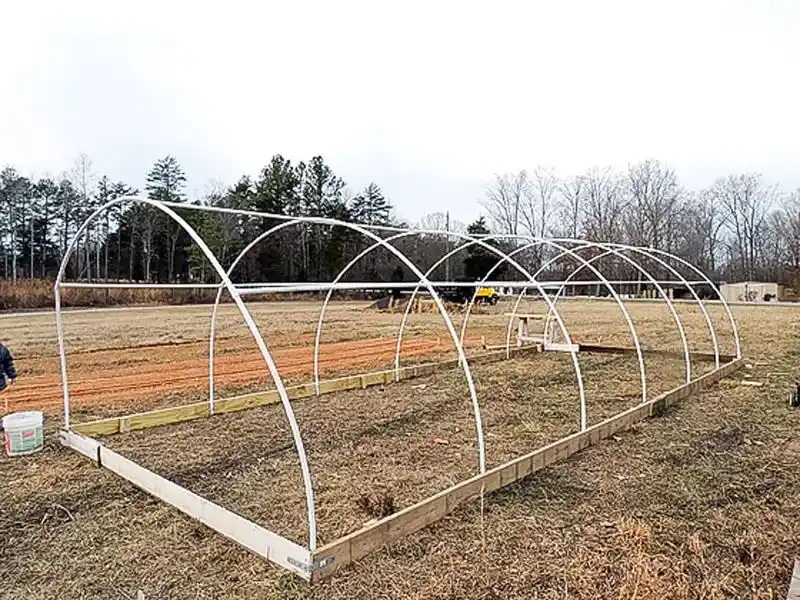
Constructing a greenhouse from PVC pipes is an economical way to extend your growing season. By creating a simple frame and covering it with clear plastic, you protect plants from harsh weather. This DIY greenhouse is perfect for starting seedlings or growing temperature-sensitive plants. Customize the size to fit your needs and budget. The controlled environment allows for experimentation with different plant varieties, offering endless gardening possibilities.
Use Coffee Grounds as Fertilizer
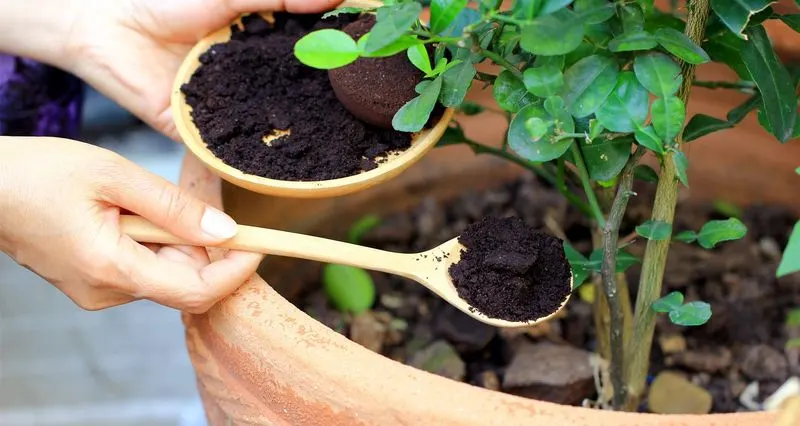
Reusing coffee grounds in your garden adds valuable nutrients to the soil. Rich in nitrogen, they boost plant growth and improve soil structure. Sprinkle used coffee grounds around acid-loving plants like roses or tomatoes. They can also deter pests like slugs and snails. This simple practice not only reduces waste but enhances your garden’s health. Coffee grounds are readily available, making them a cost-effective addition to your gardening routine.
Make Your Own Plant Markers
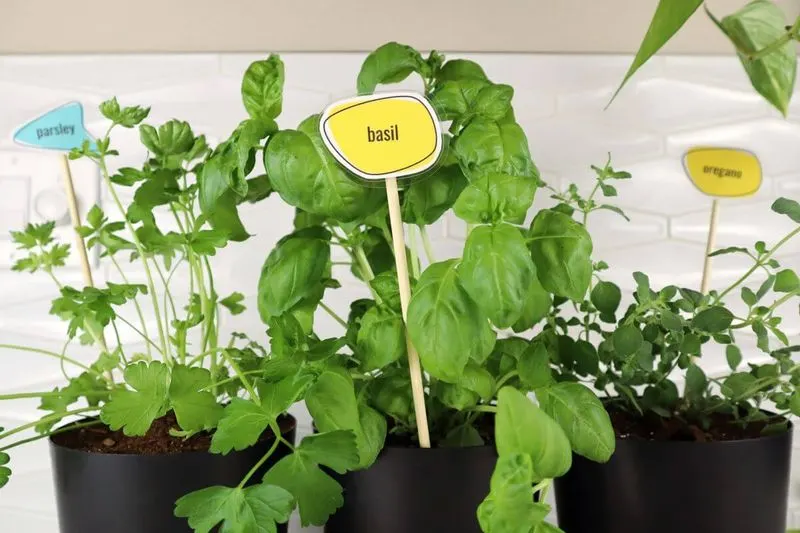
Creating plant markers at home adds a personal touch to your garden. Use stones, wooden sticks, or even old cutlery to make unique markers. Paint or label them with the plant’s name, and you’ll always know what’s growing where. This craft project is perfect for involving kids in gardening. It’s a fun and creative way to personalize your garden, adding both function and flair. Plus, it’s a budget-friendly solution using materials you already have.
DIY Garden Trellis from Branches
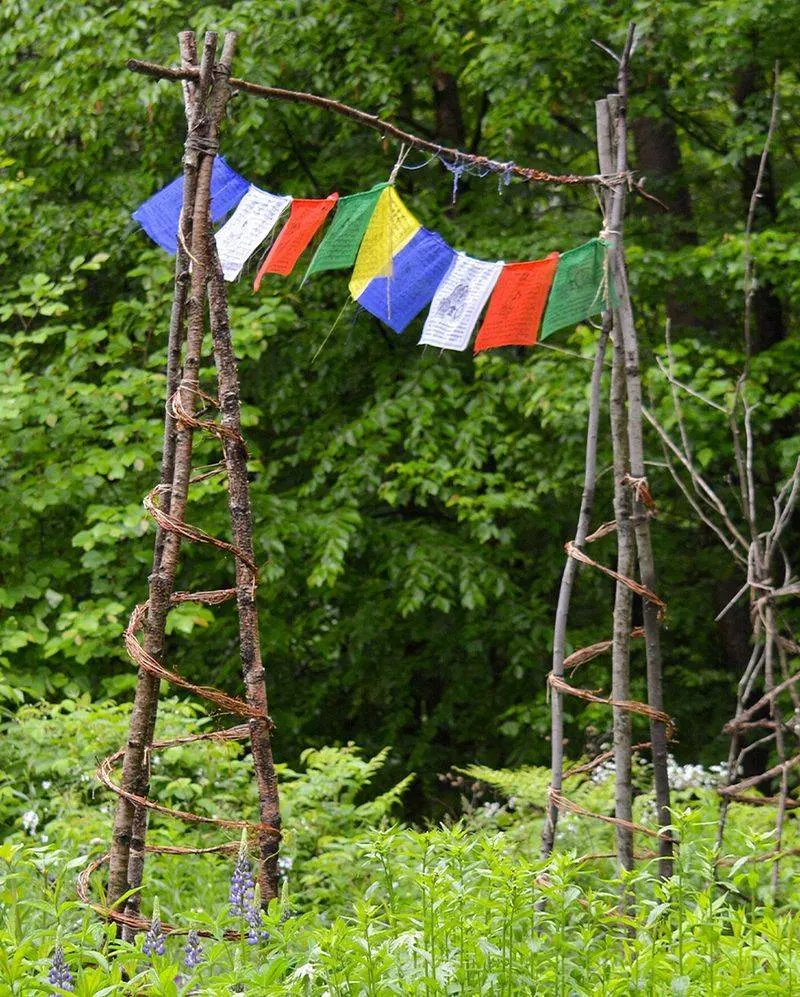
Crafting a trellis from fallen branches is an eco-friendly way to support climbing plants. Gather branches from your yard or local park and intertwine them to form a sturdy structure. This natural trellis blends seamlessly with the garden, providing support without detracting from the beauty of the plants. Ideal for peas, beans, or vines, it offers vertical growth opportunities at no extra cost. Embrace the rustic charm while minimizing waste.
Propagate Plants from Cuttings
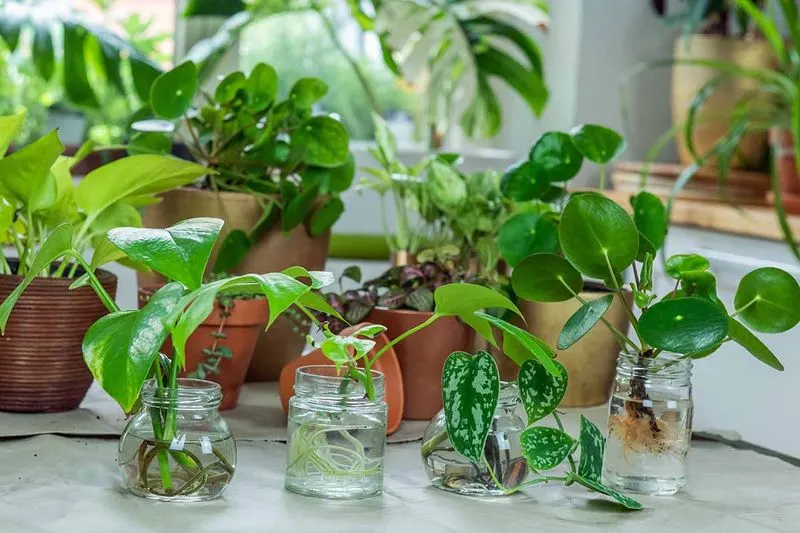
Growing new plants from cuttings is an economical way to expand your garden. Snip a healthy stem from a parent plant and place it in water or soil to root. This method works well for many plants, including herbs, succulents, and houseplants. With patience and care, you’ll have new plants ready to transplant into your garden. It’s an excellent way to experiment with different varieties without purchasing new plants. Enjoy the satisfaction of growing your garden through propagation.
Attract Pollinators with Native Plants

Planting native flowers in your garden invites beneficial pollinators like bees and butterflies. These plants are adapted to local climate and soil conditions, requiring less maintenance. By providing a habitat for pollinators, you enhance biodiversity and support your garden’s health. Choose a variety of native species to ensure blooms throughout the growing season. This approach not only beautifies your garden but fosters a thriving ecosystem, promoting natural growth through pollination.
Mulching with Grass Clippings
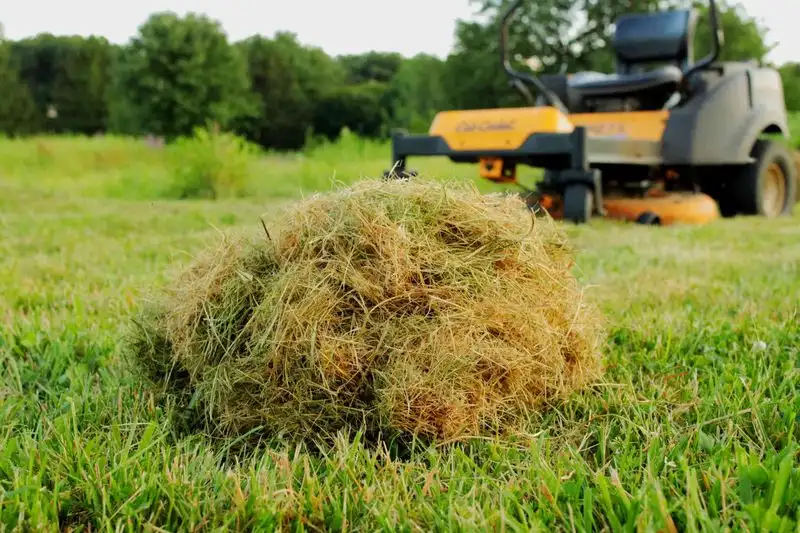
Utilizing grass clippings as mulch is a practical way to enrich your soil. Spread a layer of clippings around plants to retain moisture and suppress weeds. As they decompose, they add nutrients back into the soil, enhancing its fertility. This simple method recycles yard waste and improves garden health without extra cost. Just ensure clippings are free from herbicides. Mulching with grass is an effortless way to maintain a vibrant garden.
Create a Sensory Garden
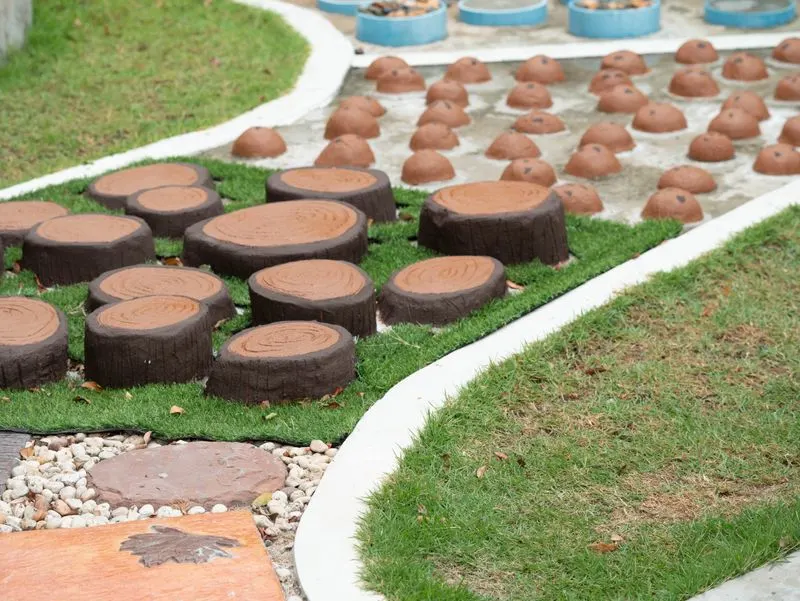
Designing a sensory garden stimulates the senses, offering a unique gardening experience. Incorporate plants with various textures, scents, and colors to engage touch, smell, and sight. Fragrant herbs, colorful flowers, and textured leaves create an inviting space for exploration. Perfect for children or those with sensory sensitivities, this garden fosters relaxation and connection with nature. It’s an enriching addition to any home, providing enjoyment through sensory interaction.
Use Eggshells to Deter Pests
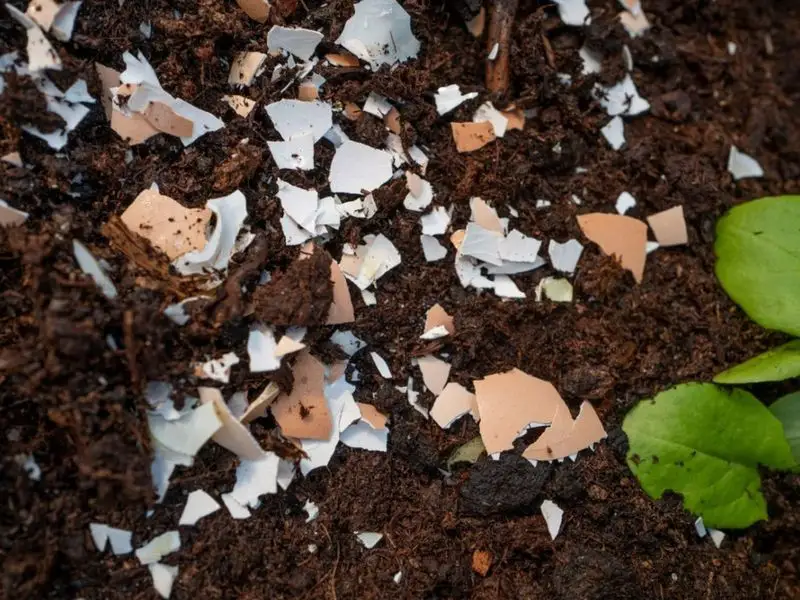
Crushed eggshells serve as an effective barrier against soft-bodied pests like slugs and snails. Scatter them around vulnerable plants to deter these unwanted visitors. Eggshells also enrich the soil with calcium as they decompose. This method is a sustainable way to protect your garden without using harmful chemicals. It’s a simple yet powerful solution that utilizes kitchen waste to enhance your garden’s resilience. Keep those eggshells and let them work for your plants!
DIY Bird Feeder from Recycled Materials

Crafting a bird feeder from recycled materials invites wildlife into your garden. Use a plastic bottle, tin can, or old wood to create a feeder that attracts various bird species. Fill it with seeds and hang it in a visible spot. Watching birds visit adds life and movement to your garden, fostering an appreciation for nature. This activity is a rewarding way to recycle while enhancing your outdoor space. Enjoy the melody of chirping birds as they dine in your garden.
Grow Microgreens in a Tray

Cultivating microgreens offers fresh, nutritious greens year-round. Use a shallow tray with quality soil and sprinkle seeds of your choice. Sunflower, radish, and pea shoots are popular options. Keep the tray in a sunny spot and water regularly. In just a few weeks, you’ll have a harvest of tender greens, perfect for salads, sandwiches, or garnishes. Growing microgreens is a simple and space-efficient way to boost your diet with homegrown produce.
Use Natural Pest Control Solutions

Opting for natural pest control methods keeps your garden healthy without harmful chemicals. Use neem oil or insecticidal soap to manage common pests. Planting marigolds or garlic can repel insects naturally. Encourage beneficial insects like ladybugs to control aphids. By choosing eco-friendly solutions, you protect both your plants and the environment. This approach ensures a thriving garden, where plants and visitors alike can flourish in harmony.
Create a DIY Hanging Garden

A hanging garden transforms vertical space into a lush planting area. Use hooks, ropes, and pots to suspend plants at different heights. Perfect for balconies or patios, this method maximizes space while adding greenery. Choose trailing plants like ferns or ivy for visual appeal. Hanging gardens offer flexibility in design and placement, allowing you to adapt to any space. Enjoy the beauty of a garden that grows upward, enhancing your outdoor living area.
Utilize Kitchen Scraps for Plant Nutrition

Recycling kitchen scraps as plant nutrition is an effective way to enrich soil. Banana peels, vegetable trimmings, and coffee grounds are excellent sources of nutrients. Add them to compost or bury them directly in garden beds. As they break down, they release essential minerals that nourish plants. This sustainable practice reduces waste while promoting soil health. Embrace the cycle of nature by turning scraps into sustenance for your garden.
Host a Plant Exchange Party
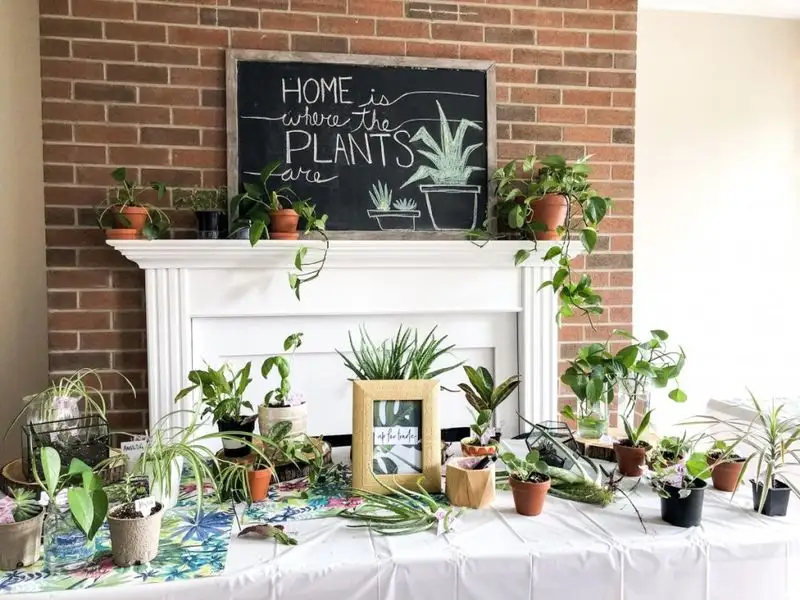
Hosting a plant exchange party is a delightful way to diversify your garden collection. Invite friends and neighbors to bring plants, cuttings, or seeds to swap. It’s an opportunity to share gardening experiences and learn about new varieties. This social gathering fosters community connections and enriches your garden with fresh additions. Encourage participants to share care tips and stories about their plants. Enjoy the camaraderie and creativity that blossoms at a plant exchange.
Use Old Newspapers for Weed Control

Using old newspapers as weed control is a simple yet effective gardening hack. Lay them down in garden beds to block sunlight, preventing weed growth. As newspapers decompose, they enrich the soil, adding organic matter. Cover with mulch to enhance the aesthetic and further suppress weeds. This method recycles household waste and reduces the need for chemical herbicides. Enjoy a tidy garden with minimal effort, thanks to this clever use of paper.
Incorporate Edible Landscaping

Blending edible plants into your landscape is a smart way to make the most of your gardening space. Choose attractive edibles like lettuces, strawberries, or herbs, and integrate them into flower beds or borders. This approach provides a dual benefit of beauty and bounty. As you harvest fresh produce, you also enjoy a visually appealing garden. It’s a practical solution that maximizes utility and aesthetics, turning your garden into a feast for the eyes and plate.

